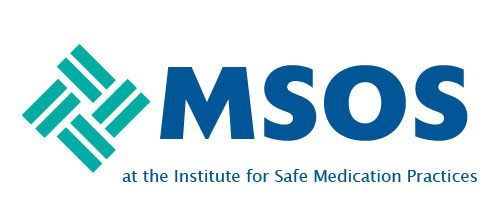Our 8-hospital system recently switched from Alaris to ICU Plum 360 pumps. One of the features of this pump is the ability to attach syringes to line B and administer IV push medications via the pump. This can be a big nurse satisfier for drugs that require slow IV push times, but it requires thoughtful attention to detail and the development of strong policies/procedures and education. (Has anyone gone through this exercise? We would love to see your examples!!)
Concerns that we have:
Labeling: For nurse admixed or drawn up at the bedside, once the syringe has left the nurse's hands, a label on the syringe is necessary for regulatory compliance and safety. At minimum, the name of the drug and amount, expiration date/time, must be on the label.
Residual drug: using colored solution to observe, we have identified residual drug remains between the syringe tip and the line A juncture (we have contacted the company to determine the exact volume). To assure complete drug delivery, a flush from line B is the most practical way to clear the line and administer the remainder from the site. The pump requires a syringe adapter for syringe sizes of 10 mL and smaller, which is how most flush syringes come. Another option is to have a small flush bag of saline available which has its own inherent complexities. Another option is to backprime from line A into the syringe and toss the syringe, but that wastes drug. And when does that become clinically significant? (Depends on the residual volume).
Use of Syringe adapter: This is required to assure accurate delivery for syringe size 10 mL and smaller. They are single use.
Vesicants: IV push vesicants must be pushed by a human and observed during the process.
Bottom Line: What originally seems like a great convenience for nursing is potentially not very convenient if all of the rigorous attention to detail and safety is taken into consideration. Monitoring the process would also be necessary as there is inherently great opportunity for work arounds and drift, especially in light of nursing shortages. I would love to hear others' experience and opinions.

